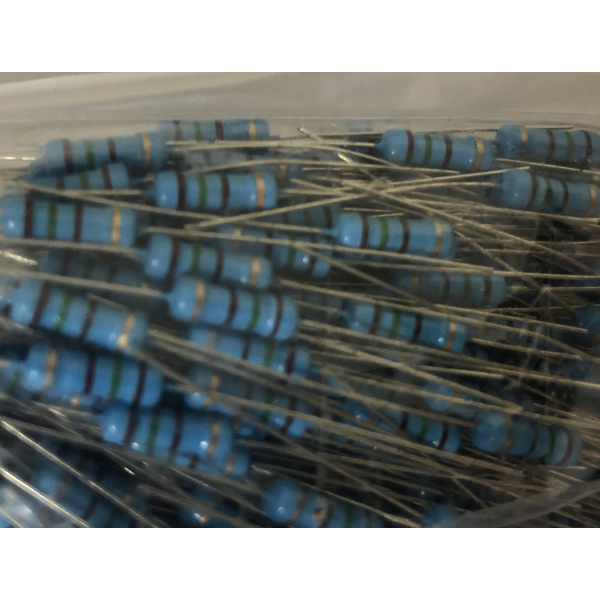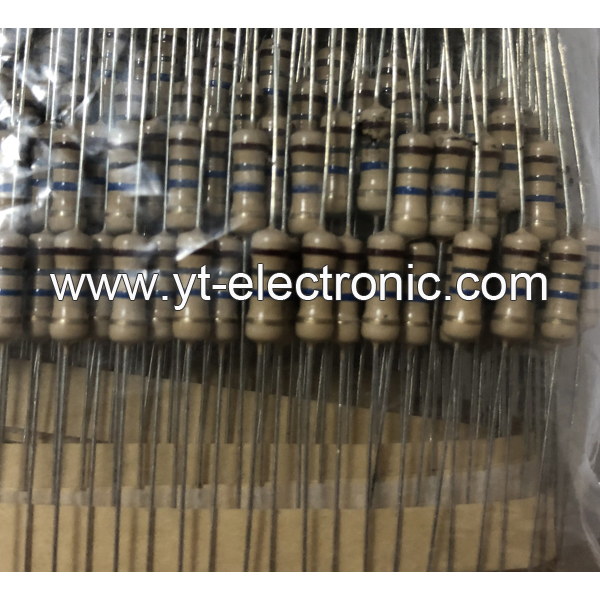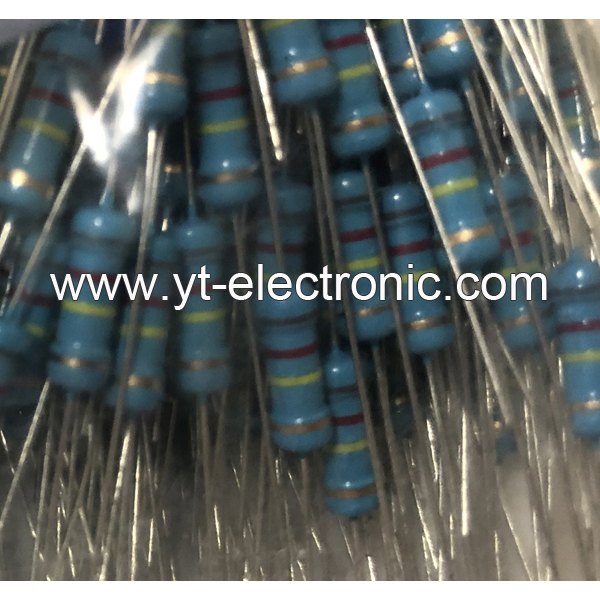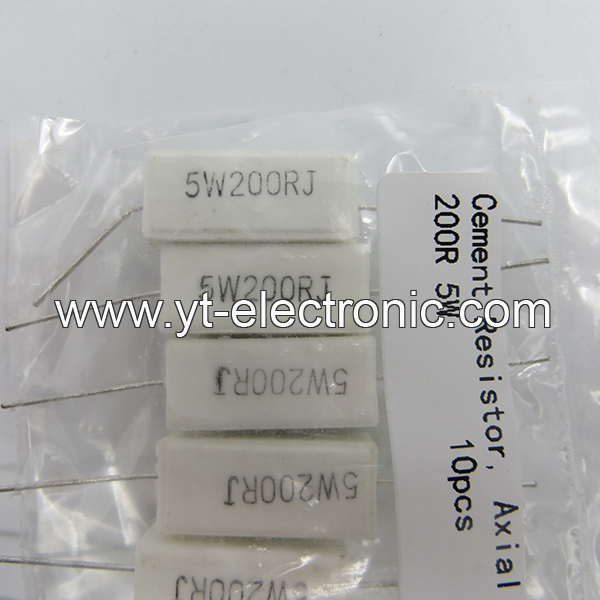Resistors
1. Resistors Overview
1)Basic Concepts
The resistor is a passive component used to limit the flow of current in a circuit. It realizes the current limiting function by converting electrical energy into heat energy and is an energy-consuming component. Its resistance is determined by factors such as material, temperature, length, and cross-sectional area.
2)Core Function
Voltage division and current division: Ensure stable operation of various parts of the circuit by adjusting voltage or current distribution.
Current limiting and protection: Prevent current overload from damaging sensitive components.
2. What are the Types of Resistors?
1)Classification by resistance characteristics
Fixed resistors: The resistance value cannot be adjusted, suitable for stable circuit design.
Adjustable resistors: Such as potentiometers, which change the resistance value by sliding contacts and are used to accurately adjust circuit parameters.
2)Classification by materials and processes
Wire-wound resistors: High precision, high-temperature resistance, suitable for high-power scenarios.
Metal film/carbon film resistors: Low cost, low noise, widely used in general circuits.
Chip resistor: Surface mount technology (SMT), small size, suitable for automated production.
3)Special function resistor
Thermistor: Resistance changes with temperature, used for temperature sensing.
Varistor: Voltage-sensitive, used for overvoltage protection.
Photoresistor: Light intensity controls resistance, used in light control equipment.
3. What are the Key Parameters of Resistors?
Resistance (Ω): The Unit is ohm, marked by a color ring (plug-in resistor) or digital code (chip resistor).
Power (W): Maximum power that the resistor can withstand, which needs to match the circuit requirements to avoid overheating.
Temperature coefficient: Measures the stability of resistance with temperature changes, and low-temperature coefficient is suitable for precision circuits.
4. What are Resistors Used for?
General circuit: Basic functions such as voltage division, current limiting, and filtering.
Precision instruments: Such as medical equipment and communication systems, which rely on high-precision resistors to ensure signal stability.
Protection circuit: Varistors are used for lightning protection, and thermistors are used for overheating protection.
Sensors: Photosensitive and thermistors play a key role in environmental monitoring.
5. What is the Industrial chain and production of Resistors?
Production process: including thick film/thin film technology (chip resistors), winding process (high-power resistors), etc.
Major manufacturers: such as Yageo and Fenghua Hi-Tech, occupy an important share of the global passive component market.
6. Resistors FAQs
1) How to calculate the total resistance of resistors in series and parallel?
Series: The total resistance is equal to the sum of the resistances of each resistor, that is, Rtotal=R1+R2+⋯+Rn.
Parallel: The reciprocal of the total resistance is equal to the sum of the reciprocals of each resistor, that is, Rtotal/1=R1 /1+R2/1+⋯+Rn/1.
2) Can chip resistors be used above the rated temperature?
It is not recommended to use it above the rated temperature for a long time, which may cause performance degradation or damage. Please refer to the manufacturer's technical documents to evaluate the use conditions.
3) What are the main functions of resistors in circuits?
Limiting current, voltage division, protecting sensitive components (such as LEDs), signal conditioning, etc.
4)How to choose the rated power of resistors?
It needs to be selected based on the actual power consumption (P=I2R), ensuring that the rated power is greater than the actual power to avoid overheating failure while considering the influence of ambient temperature.
5) Why must resistors be connected in series in LED circuits?
Current limiting is used to prevent LEDs from burning out due to excessive current. In typical applications, the resistance value needs to be calculated based on the LED voltage and the power supply voltage.
6) What are the failure modes of resistors?
Common failures include overheating, resistance drift (caused by temperature or aging), and mechanical damage (such as package cracking).
7. Summary
Resistors, as the basic components of electronic circuits, have a variety of types and parameter designs that meet a wide range of needs from consumer electronics to industrial equipment.
In the future, with the trend of intelligence and precision, high reliability, miniaturization, and functional integration will become the core direction of the development of resistor technology.





















